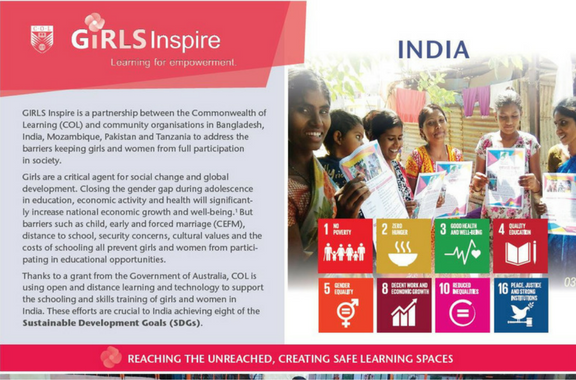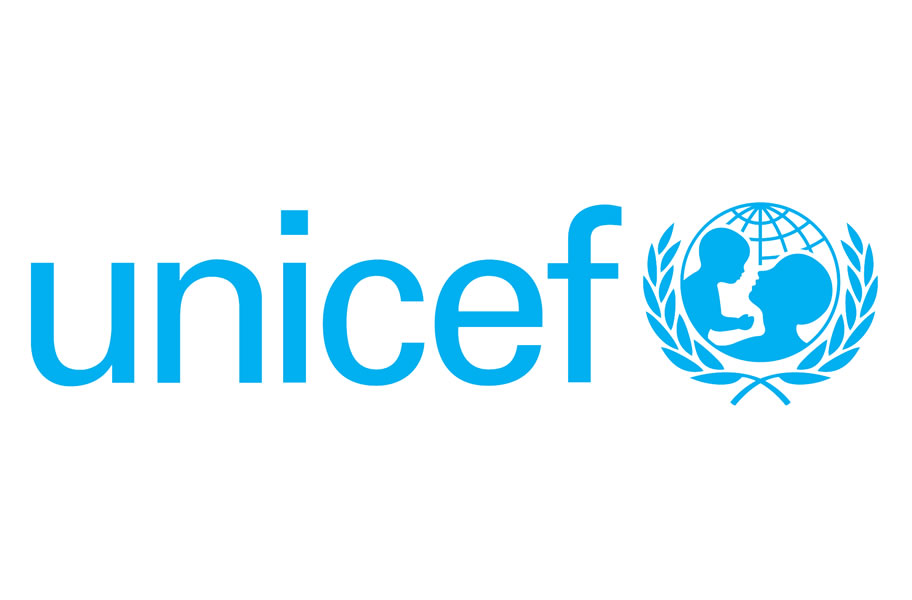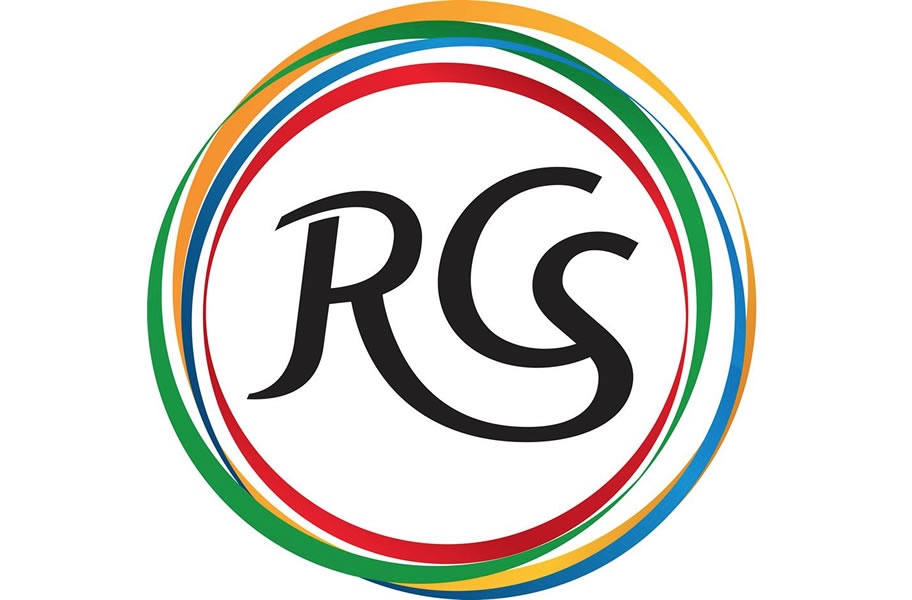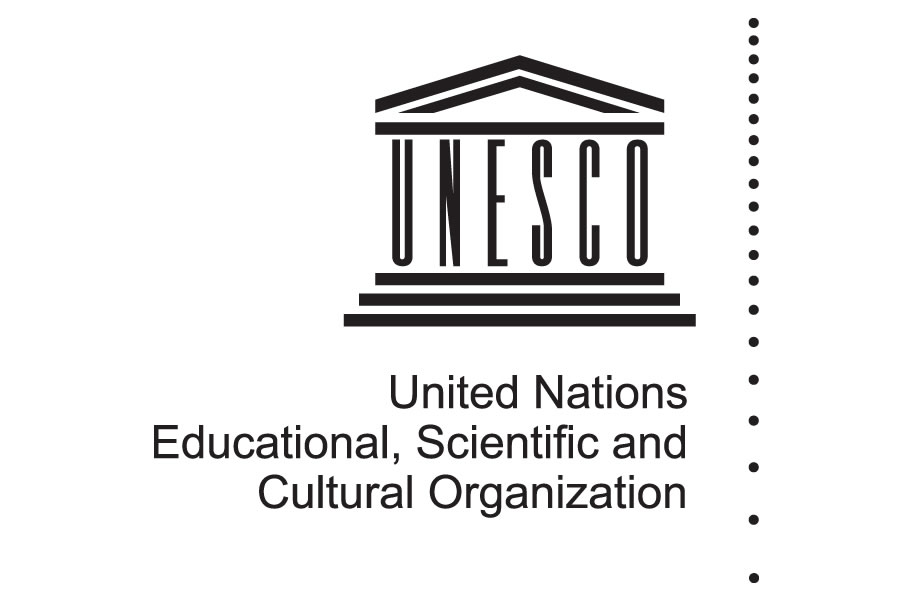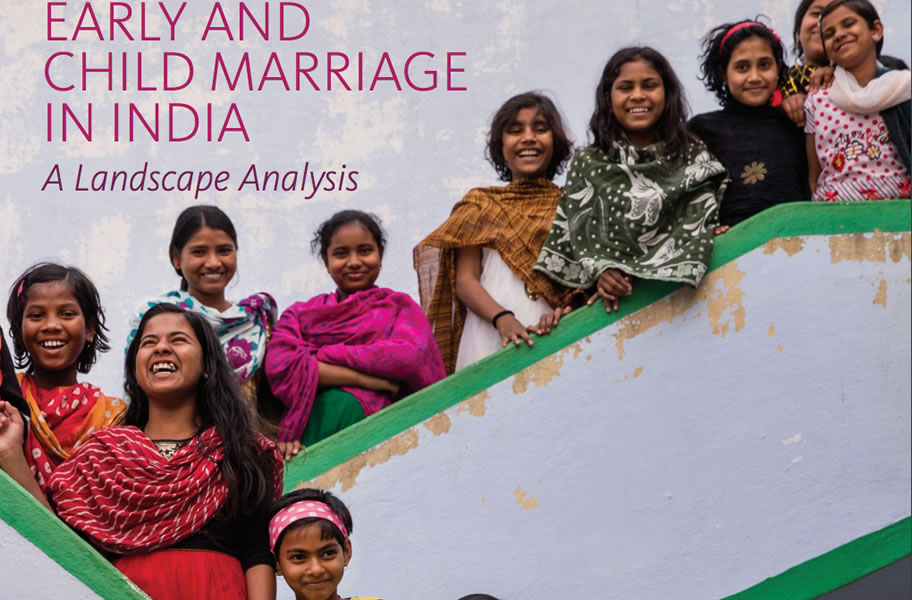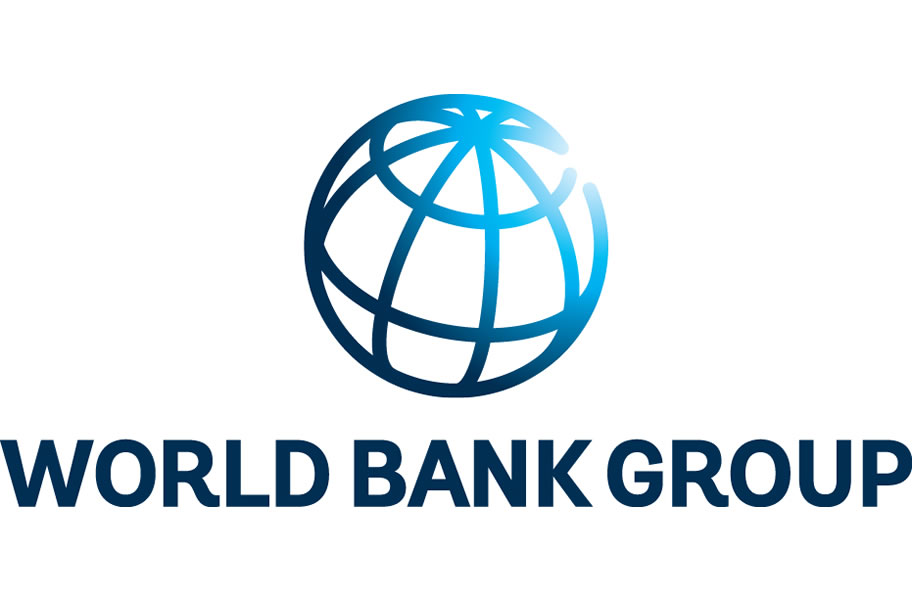The barriers girls face in India
In July 2015, the Maharashtra government concluded a survey in Satara district of children in the 6-14 age group. They selected 11 blocks and surveyed children who live at the bus and railway stations. These children work as under age labour and occassional beggars. They found that 283 children surveyed were school dropouts.
Following the survey, it was found that only 20% of girls go to school in the region. Lack of financial support, uncertainty of jobs after graduation and the lack of information what education entails were some of the reasons. It was also found that girls are expected to do the housework in absence of their parents and that families fail to see the need for education as, traditionally, most girls would get involved in housework and menial chores after marriage. Girls are often married young as families want to ensure a secure future for them.
The early marriage of girls triggers other issues such as low fertility due to lack of nutrition, poor health among girls, high maternal mortality and high infant mortality.
According to the 2014 Report by UNICEF on Ending Child Marriage, almost half of all child brides worldwide live in South Asia, and one in three in India. It was also found that there is a substantial gap in the prevalence of child marriage between the rich and the poor. In India, the median age for women in the richest quintile is 19.7 years old as compared to 15.4 years old for the poorest women.
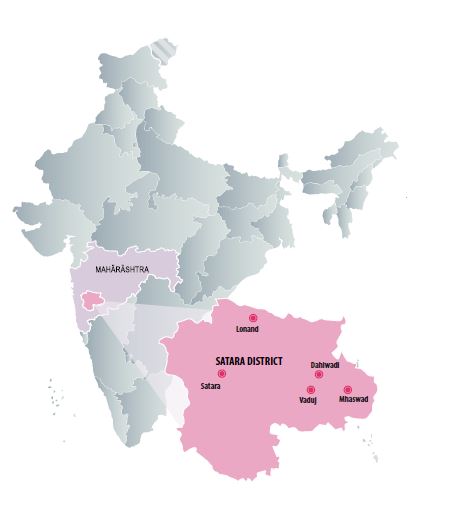
Girls Inspire in India
In India, GIRLS Inspire will focus on migrant labourers – families that migrate during harvest season for work and who, therefore, live in temporary settlements. It is estimated that at least 4,500 children are part of these families. By the nature of their occupations and also economic conditions, most of the parents cannot afford to send their children to any school.
The project will also focus on girls and women who had to drop out of school due to various reasons such as costs of schooling, domestic violence and household responsibilities.
Mann Deshi Foundation works to develop and deliver life skills courses on topics such as health and financial literacy and entrepreneurship programmes in order to develop women entrepreneurs. An expert consultation for mapping the future scope of enterprises in the region will also be conducted to inform the skills training needed and that is most relevant to girls.
Mann Deshi facilitates training through the use of mobile training centres and community radio programmes. The project will also mobilise awareness campaigns within the communities and consult with community leaders and experts.
Outcomes
Outcome 1
Institutions improve institutional capacity to design and deliver quality gender sensitive skills-oriented learning programs for girls and women and increase their technical skills to leverage open and distance learning (ODL) which address the barriers girls and women experience, among local partners.
Outcome 2
Communities increase awareness on the benefits of girls’ education, and the use of open, distance, and technology-based education and training, among parents and community leaders, as well as increased awareness of the negative consequences of child, early and forced marriage (CEFM) on development.
Outcome 3
Girls increase their knowledge about their health and social rights and the negative consequences of child, early and forced marriage (CEFM), gain skills that are locally relevant and validated by the labour market, and have aspirations for employment.







